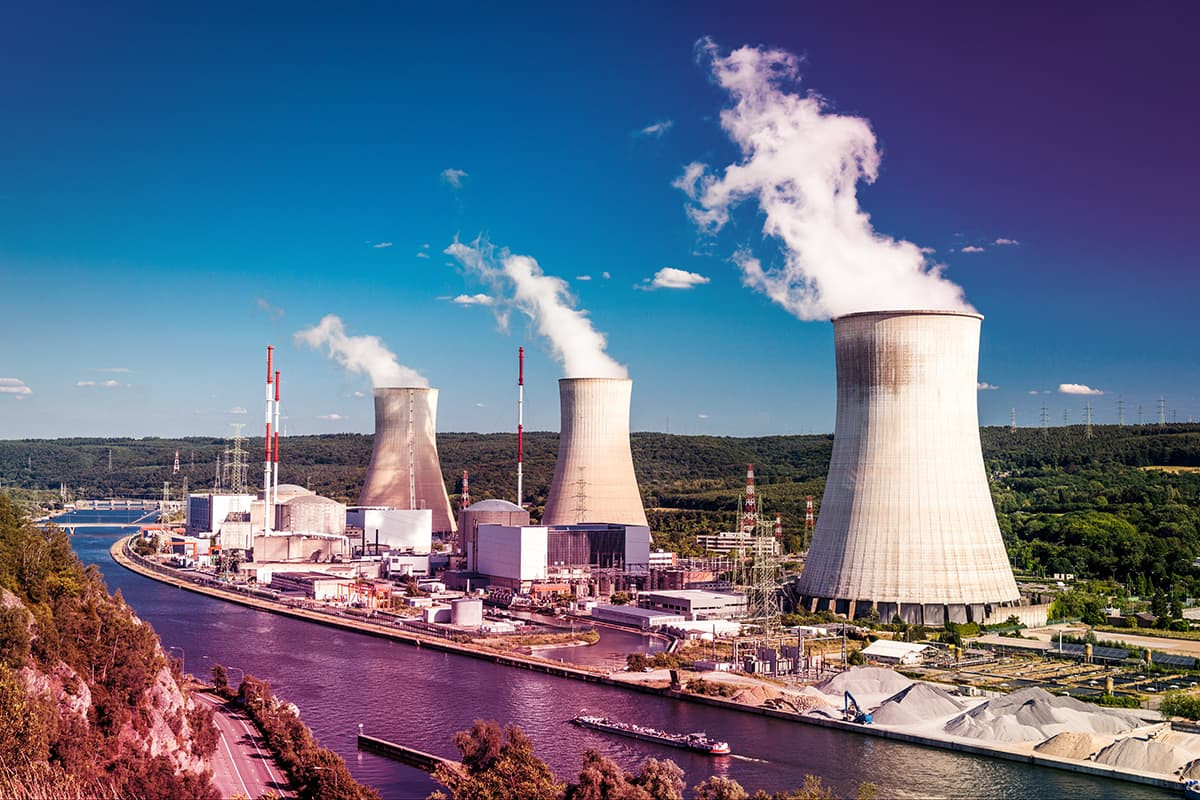
What is Nuclear Energy? What are the Advantages and Disadvantages?
What is in this article?
Energy is necessary for life, but due to the environmental damage caused by energy production and the fact that the resources consumed are decreasing day by day, countries have begun to turn to new sources of energy.
Especially renewable energy sources are preferred because they are more advantageous in these aspects. Nuclear energy stands out among the energy sources that are used as an alternative to fossil fuels.
In this article you will learn about nuclear energy, which generates many controversies, in terms of its benefits and the damages it causes, and you will discover different areas in which nuclear energy is used.
What is Nuclear Energy?
Nuclear energy is an energy that is extracted from the atomic nucleus. And it is produced in nuclear reactors and converted into other forms of energy. So is nuclear energy a renewable energy?
Renewable energy is a sustainable and clean energy that is derived from the natural flow of energy, while nuclear energy is not produced by a natural process. Therefore, it is considered a non-renewable energy.
Nuclear energy is created through three different nuclear reactions: fusion, fission, and half-life. Fusion is the fusion reaction of atomic particles, fission is the forced decay of the atomic nucleus, and half-life is the decay of the nucleus to a more stable state.
Examples can be given of solar flares for nuclear fusion whereas atomic bomb technology, and the technologies used in nuclear power plants represent examples of nuclear fission.
-
Are Nuclear Energy and Atomic Energy the Same Type of Energy?
Atomic energy is the energy produced by processes such as the decay of atomic nuclei or the bonding of atoms. Nuclear energy is also called atomic energy because it is produced from atoms.
-
Where can Nuclear Energy be Used?
Although the use of nuclear energy is new, it has undergone rapid technological development. This type of energy has many uses, but the most important of them is electricity generation.
In addition to electricity generation, it is used in many different fields such as medicine, industry and defense industry.
How is Nuclear Energy Generated?
Nuclear energy is released through nuclear reactions. Nuclear fission, which is used in nuclear power plants, converts and uses the energy produced when atomic nuclei split.
-
What is the Main Material of Nuclear Energy?
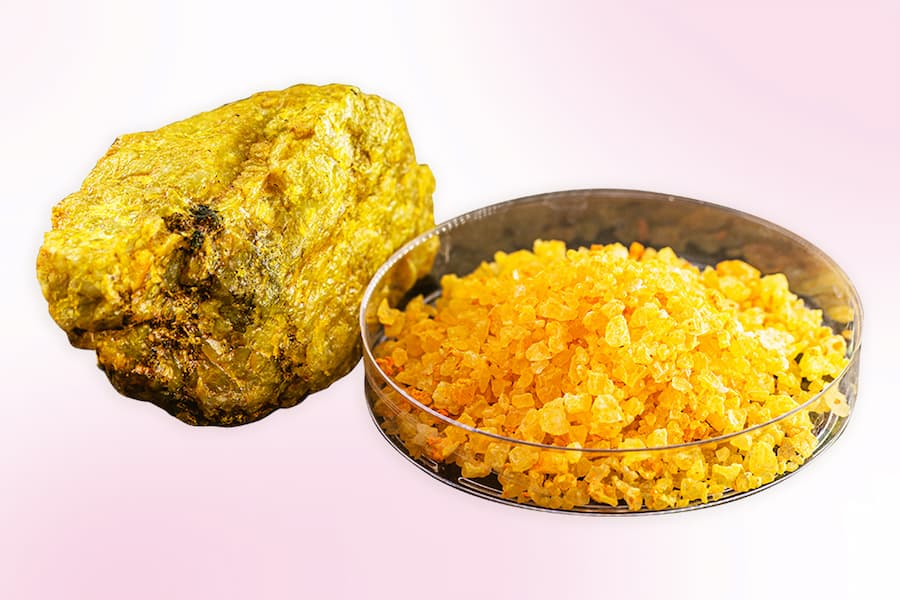 The most commonly used material for generating nuclear energy is uranium. The reason uranium is preferred is that uranium atoms are relatively easy to separate. However, its worldwide occurrence is also a factor that increases the preference rate.
The most commonly used material for generating nuclear energy is uranium. The reason uranium is preferred is that uranium atoms are relatively easy to separate. However, its worldwide occurrence is also a factor that increases the preference rate.
Countries extract uranium from their own soil, but uranium is also often imported. A standard-sized nuclear reactor (a power plant that converts nuclear energy into other forms of energy) consumes about 200 metric tons of uranium per year.
Although uranium, which can be considered a raw material for nuclear energy, is actually a metal, its frequent use in power generation puts it in a different class from other metals. In addition, it is the heaviest metal found in nature.
Another important property of uranium is that it forms compounds very easily in nature. As a result, there are about 100 uranium-bearing minerals. These minerals contain varying amounts of uranium oxide, U₃O₈.
Uranium also contains U₂₃₅, which has the property of splitting with slow neutrons and producing energy during fission. The other main isotope of uranium, U238, can also be fissioned into plutonium.
The uranium recovered from the mine is milled. The milled uranium is 80 percent uranium oxide. This material is then subjected to various processes such as refining and reduction. At the end of this process, the uranium is ready for power generation.
How is Electricity Generated in a Nuclear Power Plant?
Nuclear energy is one of the methods used to generate electricity. Nuclear power plants are built for this purpose. Nuclear power plants contain a nuclear reactor that performs fission of heavy elements such as uranium and plutonium.
These elements are contained in fuel rods. The fuel rods in which the fission reactions take place release a large amount of heat energy.
The fuel rods are immersed in a cooling vessel. The cooling vessel contains a cold liquid, usually water. The heated cooling vessel is passed through the tube to the steam generator, which uses the previously released thermal energy to convert the water into steam.
The reactor, the steam generator, and the piping connecting the two make up the primary system. After the water is converted to steam, the steam is sent through a pipe to the turbine, which is considered the beginning of the secondary system.
The energy provided by the steam drives the turbine and releases kinetic energy. The turbine is connected to a generator that converts this kinetic energy into electricity.
The electricity thus generated is transported to the transformer where it can be used. Cold water circulates in the pipe that passes through the condenser located under the turbine. This condenses the steam and turns it back into water. The water is then fed into the primary system for further heating.
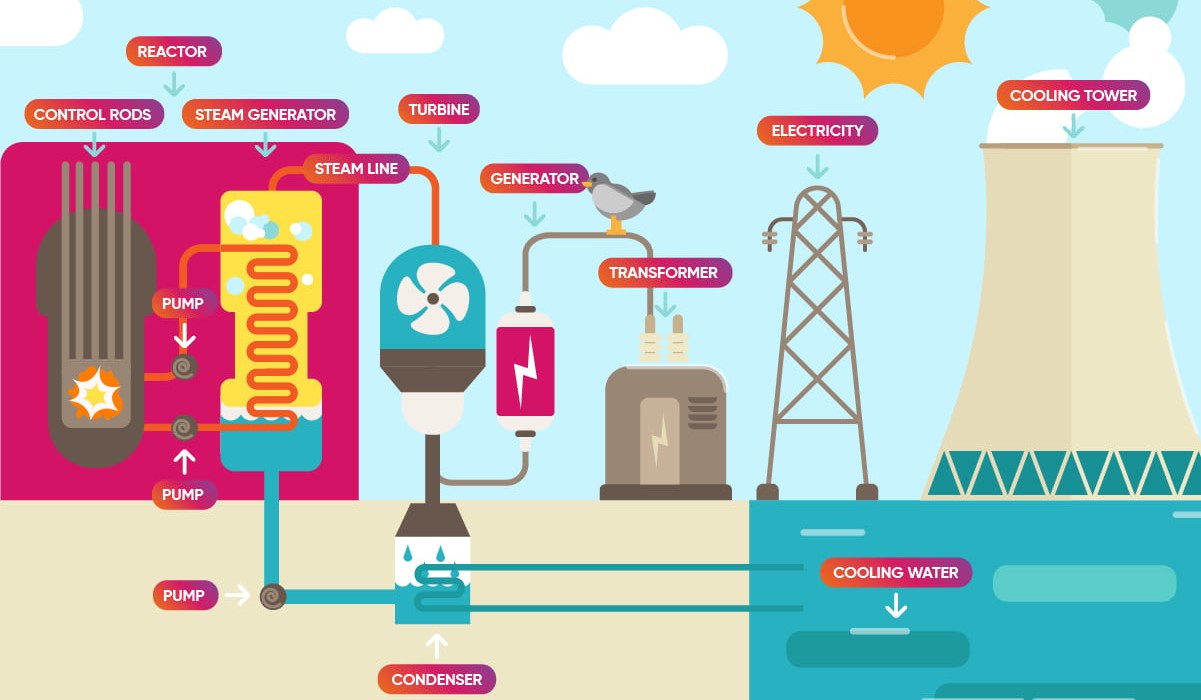
-
What is a Nuclear Reactor?
A nuclear reactor is a device used to provide energy, located in nuclear power plants. Thanks to these devices, nuclear energy is converted into various energies, especially electrical energy.
In the nuclear reactor, the fission reaction is initiated and chain reactions are provided. Thus, the energy needed is obtained.
-
Where can a Nuclear Power Plant be Built?
In order to build a nuclear power plant, a large area near a natural water source is required because nuclear power plants need water to release the heat generated.
This area is usually provided by clearing forests in which countless creatures live and transforming them into land suitable for construction, but this can disrupt the ecological balance of the region.
Therefore, areas causing the least damage to the environment should be carefully selected. In addition, care must be taken to keep the environment clean and safe for living things after the nuclear power plant is built.
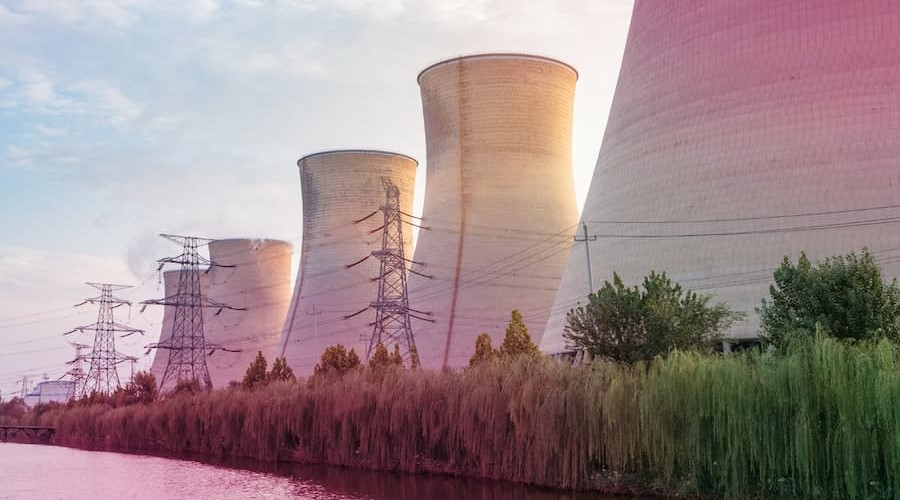
-
What Does a Nuclear Energy Engineer Do?
Nuclear energy engineers are responsible for the technical work necessary for the safe production of energy in nuclear power plants and for making the energy obtained usable. In addition, they work on the design of nuclear reactors, safety systems and their development.
They conduct research on new technologies on nuclear energy and also conducts laboratory studies to determine the properties of materials and substances required for the process carried out in nuclear power plants.
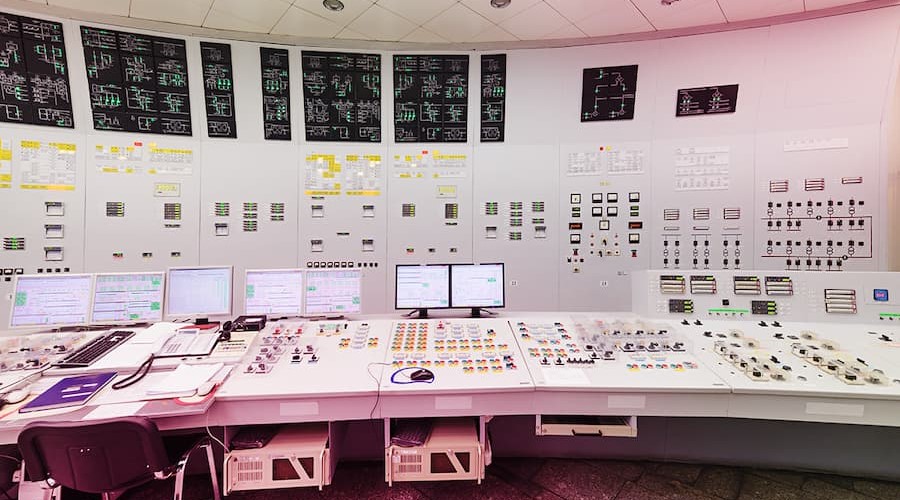
What is the Cost of a Nuclear Power Plant?
Nuclear power plants have very high costs compared to other power plants. Planning and building a nuclear power plant is the first of these.
According to calculations by the OECD Nuclear Energy Agency, the overnight cost of building a nuclear power plant averages $3,850 per kW. This means that it would cost as much as $4 billion to build a 1 GW plant. In fact, once built, a nuclear power plant can operate at very low costs. This is because the cost of uranium is low.
Uranium needs to be enriched before it can be used in a nuclear power plant, but the total operating costs of a nuclear power plant are still a third less than gas turbine or fossil fuel plants.
Areas of Use of Nuclear Energy
The most common use of nuclear energy is electricity generation. As of July 2020, 440 nuclear reactors were operating in 31 countries and 54 nuclear reactors were under construction in 19 countries.
Electricity generated by nuclear power plants worldwide meets approximately 10% of the world's electricity demand.
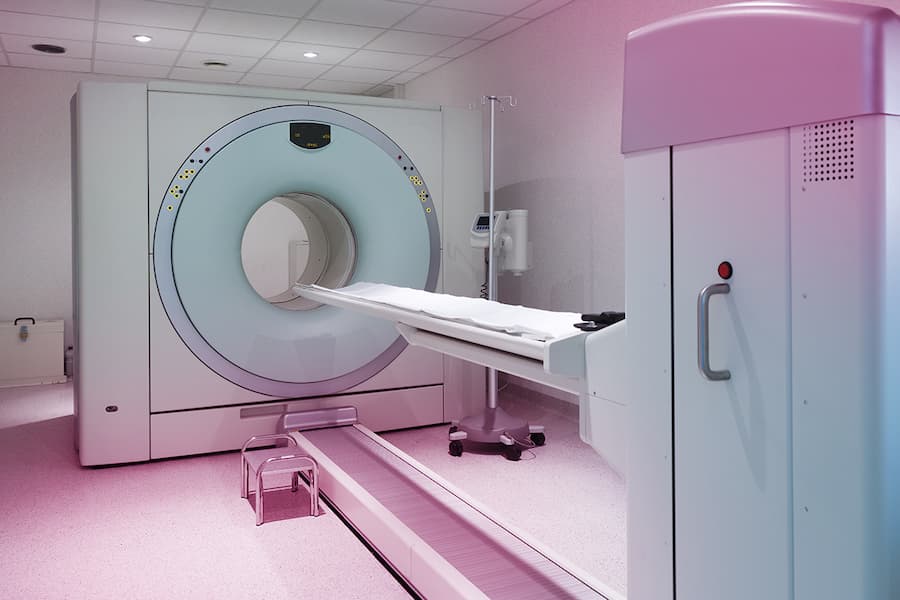 Nuclear energy has other uses besides generating electricity. The first of these is space exploration. Until now, the information about the depths of space has been learned through radioisotope power systems, or RPSs.
Nuclear energy has other uses besides generating electricity. The first of these is space exploration. Until now, the information about the depths of space has been learned through radioisotope power systems, or RPSs.
Small nuclear power sources called RPSs power spaceships in deep space. In addition, RPSs have proven to be safe and maintenance-free for long-term space exploration.
Another area where nuclear energy is widely used is in medicine. Radiation or radioactive materials are used to diagnose or treat many diseases. Nuclear medical imaging, which combines radioisotopes and camera imaging, allows doctors to find serious health problems such as tumors.
Therapeutic radioisotopes are also used in radiotherapy treatment to remove cancerous tissue, reduce the size of tumors and relieve pain.
Nuclear energy is also used to solve investigations in forensic cases. Radioisotopes provide physical evidence that can be used to link a crime to a suspect. Radioisotopes are used to identify trace amounts of chemicals in various substances such as paint, lead, glass and poisons.
In addition, nuclear energy can be used in agriculture. Radioisotopes can be used instead of chemical drugs and pesticides to control insects that destroy or damage crops.
Harmful organisms in food are destroyed without cooking and without changing the nutritional value of the food. This eliminates the need for chemical additives and refrigeration. In this way, very little energy is used compared to other food storage methods.
Advantages of Nuclear Energy
- One of the biggest advantages of nuclear energy is its high potential reserves. It is calculated that nuclear power plants can operate for an average of 150 years with the reserves found in the world today.
- Nuclear energy provides a very high amount of energy compared to the volume of raw material. According to the Turkish Atomic Energy Authority, 1 kg of coal can produce 3 kWh of electricity and 1 kg of oil can produce 4 kWh of electricity. 1 kg of uranium, on the other hand, allows the production of 50,000 kWh of electrical energy.
- The cost of the raw materials needed to produce nuclear energy is also low. This is because a small amount of raw material is required for energy production. High amounts of energy can be provided by a small amount of raw materials.
- Compared to other power plants, nuclear power plants require less land.
- Nuclear waste generated during the production and conversion of nuclear energy can be recycled. Waste can be reprocessed using advanced technologies. In this way, uranium and plutonium remaining in the fuel can be separated from fission products and used in fuel production.
- Another important advantage of nuclear energy is its ease of storage. The fact that the fuel can be stored for 10 years provides the opportunity to reduce foreign dependency to a great extent.
- Necessary measures are taken for safety in nuclear power plants. Thanks to these measures, the risk of accident is extremely low. The nuclear reactor and all auxiliary devices are protected within a 2.5 meter thick concrete safety shell. In the event of an accident, radioactive vapor is contained within this wall. In addition, the nuclear reactor is surrounded by a belt with a radius of 800 to 1,500 meters, through which the public is forbidden to pass.
- Nuclear power plants also help protect the environment and reduce the carbon footprint. A 1,000 MW coal-fired power plant uses about 3 million metric tons of coal per year. As a result, it produces 7 million metric tons of carbon dioxide, 140,000 metric tons of acidic gases such as sulfur and nitrogen oxides, and 750,000 metric tons of ash. Nuclear power plants, which have a history of only 38 years, have burned 5,500 million metric tons less coal in those 38 years. In this way, approximately 13,000 million metric tons of carbon dioxide, 250 million metric tons of acid gases and cancer-causing combustion products have been prevented from being thrown into the environment.
Disadvantages of Nuclear Energy
- Radioactivity and waste generated during nuclear energy production are dangerous. According to research, nuclear waste generated during production loses 99% of its toxicity only after 600 years. In addition, radiation is also harmful to the human body. High radiation exposure can lead to many diseases, from skin cancer to cataracts, lung and breast cancer, and reproductive problems.
- Even though uranium, the raw material of nuclear energy, is small in terms of mine volume, a lot of land is needed to extract uranium. Meanwhile, a large amount of waste is generated. The extraction of 1 metric ton of uranium produces an average of 20,000 metric tons of waste material. Therefore, it is disadvantageous in terms of environmental pollution.
- The fuel used to generate electricity from nuclear energy is removed from reactors and transported to processing plants. At the same time, waste generated during production must also be transported for incineration. These transports also pose a potential hazard.
- Nuclear power plants are built in regions with certain geographical characteristics. The raw material is not a prominent factor in selecting the region. Only market size and proximity to cooling water are considered. The area where the nuclear power plant is to be built should be near industrial areas and water resources such as sea, lake and rivers. Proximity to these water sources causes environmental pollution and may lead to problems as the surrounding ecosystem may be disturbed.
- The accident risk of nuclear power plants will further increase in case of natural disasters. Therefore, the region where the nuclear power plant is to be built should be evaluated in terms of natural disasters such as earthquakes, landslides and avalanches. It should also be located far from large cities or densely populated areas.
- Nuclear energy also poses a great danger to mankind. Atomic, hydrogen, and nitrogen bombs are nuclear weapons made with nuclear power that can endanger the future of humanity.
Risks of Nuclear Power Plants
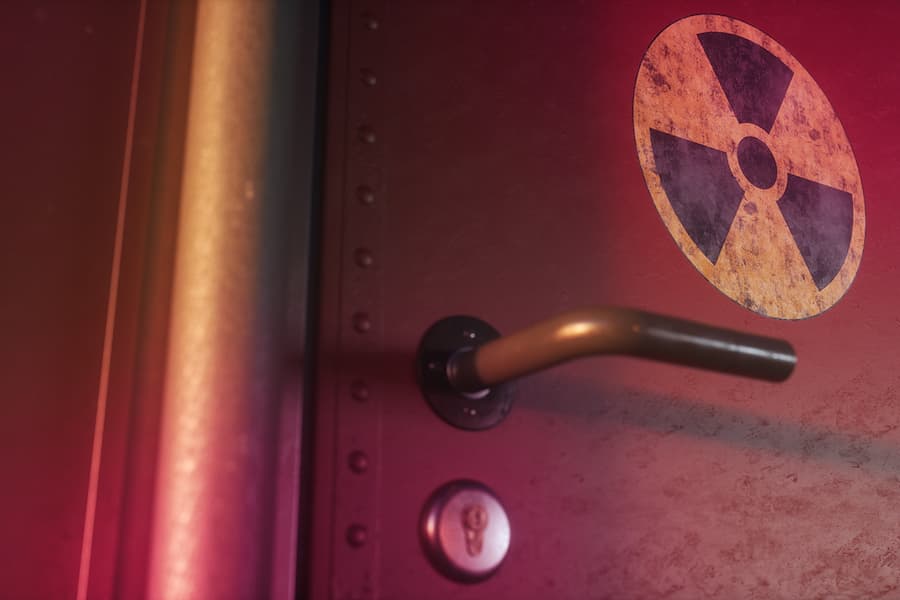 The risk of accidents in nuclear power plants, which would be very dangerous in case of an accident, is small, but still dangerous in some cases.
The risk of accidents in nuclear power plants, which would be very dangerous in case of an accident, is small, but still dangerous in some cases.
Because nuclear accidents are rare, medical procedures for treating patients in such a situation are not specific, and accidents at nuclear power plants cause long-term damage.
Because few health professionals have direct experience in this area, there could be significant public health hazards following a nuclear accident
In addition to treating people, surrounding plants can also be damaged by radiation.
For example, in the 1986 Chernobyl accident, 3,200 people lost their lives and 150,000 people within a 50 km radius were evacuated from the city.
The agriculture of the Black Sea region was also affected by this accident.
-
What Happens When a Nuclear Power Plant Explodes?
A nuclear power plant explosion can cause various diseases and genetic disorders due to high radiation exposure. Moreover, it can continue years later and affect future generations.
A nuclear explosion also has a serious impact on the environment, damaging both water and soil. As a result, the quality of life is severely affected. In addition, the heat released during a nuclear explosion creates large amounts of nitrogen oxides in the air. In such a case, the ozone layer is damaged.
In the event of a nuclear explosion, conditions in the world change. Plus, half of the living species may become extinct or the population of some harmful insect species may increase.
Comparison of Nuclear Energy with Renewable Energy Sources
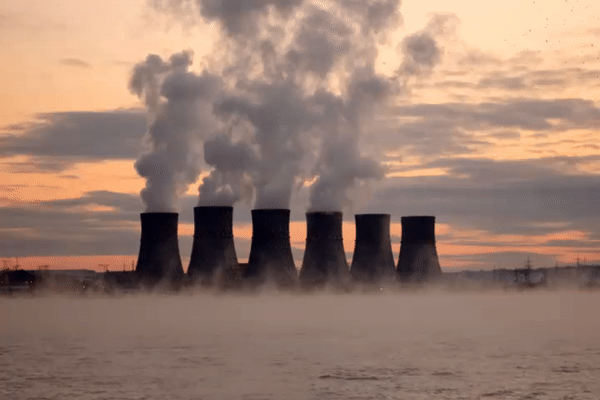 Renewable energy sources offer advantages because they do not pollute the environment and are sustainable, but the use of renewable energy sources such as wind and solar depends on weather conditions.
Renewable energy sources offer advantages because they do not pollute the environment and are sustainable, but the use of renewable energy sources such as wind and solar depends on weather conditions.
Since nuclear power plants are baseload power plants, they can meet energy needs by operating 24 hours a day. While nuclear power plants can operate for an average of 8,000 hours out of 8,760 hours of the year, it is possible to utilize the sun for an average of 2,500 to 3,000 hours, wind for an average of 3,000 hours and hydroelectricity for an average of 4,000 hours in a year.
While the capacity of nuclear power plants is 90% on average, this ratio remains between 30-40% in renewable energy sources.
In addition, only a certain portion of the electricity generated from renewable energy sources can be distributed to the grid. This is because renewable energy sources cannot provide uninterrupted energy.
In order to utilize the energy from renewable energy sources sufficiently, baseload power plants such as nuclear power plants (which can provide uninterrupted energy) are needed. As a result, in addition to renewable energy sources, whose energy production depends on the conditions, alternative energy sources should also be used to meet the need.
Nuclear Power Plants Under Construction in Turkey
Turkey's growing population and developing economy increase the need for energy. As a result, the country is becoming dependent on foreign sources. Unlike Middle Eastern countries, Turkey, which is not rich in fossil energy resources, meets most of its energy needs through imports.
Nuclear energy, an alternative energy source, can be used to prevent this situation. Nuclear power plants are being built in our country in order to reduce foreign dependence and meet the need by diversifying energy resources.
There are currently two nuclear power plant projects in Turkey, one under construction and one in the project phase. Work is being carried out in various regions for the third plant.
The Akkuyu Nuclear Power Plant, which is under construction and scheduled to start operating in 2023, has a capacity of 4800 MW. Built in Gülnar district of Mersin province, Akkuyu has 4 reactors, each with a capacity of 1200 MW. It is planned to generate 35 billion kWh of electricity per year.
In 2022, Turkey consumed 334.7 billion kWh of electricity. Therefore, Akkuyu Nuclear Power Plant has the capacity to meet approximately 10% of this amount. After Akkuyu, the Sinop Nuclear Power Plant is planned to be built in Sinop.
Despite its disadvantages, nuclear energy can be seen as an ideal source for Turkey because industrialization and population growth in Turkey have increased the need for energy.
Therefore, alternative energy sources have also gained importance. Experts state that Turkey should build at least 5 nuclear power plants and that these plants will safely meet the energy demand if the necessary measures are taken.
Nuclear Energy in the World and Top 10 Nuclear Power Plants
Looking at the nuclear power plants in the world, it can be seen that many developed countries meet a large part of their energy needs with nuclear energy.
On a country basis, France meets approximately 71% of its electricity needs, Ukraine 54%, Belgium 48%, Sweden 34%, South Korea 26% and the USA 20%. Here are the 10 largest nuclear power plants in the world according to 2021 data:
- The world's largest nuclear power plant is the Kashiwazaki-Kariwa Nuclear Power Plant in Japan. With a capacity of 7,965 MW, the plant has been temporarily shut down, but plans are in place to reactivate it.
- The second largest nuclear power plant in the world is the Kori Nuclear Power Plant in South Korea. The capacity of this plant is 7489 MW.
- The third largest nuclear power plant in the world is the Hanul Nuclear Power Plant, also in South Korea, with a capacity of 7264 MW.
- Bruce Nuclear Power Plant in Canada is the fourth largest nuclear power plant. It has a capacity of 6358 MW.
- Hongyanhe Nuclear Power Plant in China ranks fifth with a capacity of 6244 MW.
- The 6150 MW Fuqing Nuclear Power Plant in China is the sixth largest nuclear power plant.
- Tianwan Nuclear Power Plant, ranked seventh, is also located in China and has a capacity of 6070 MW.
- Yangjiang Nuclear Power Plant in China has a capacity of 6000 MW.
- The Hanbit Nuclear Power Plant in South Korea, with a capacity of 5875 MW, is the ninth largest nuclear power plant.
- The Zaporizhzhia Nuclear Power Plant in Ukraine ranks tenth with a capacity of 5700 MW.
History of Nuclear Energy
Nuclear energy was first tested in the US state of New Mexico on July 16, 1945, but it was not until the atomic bombs were dropped on Hiroshima and Nagasaki in Japan on August 6 and 9, 1945 during World War II that nuclear energy was officially heard of in the world.
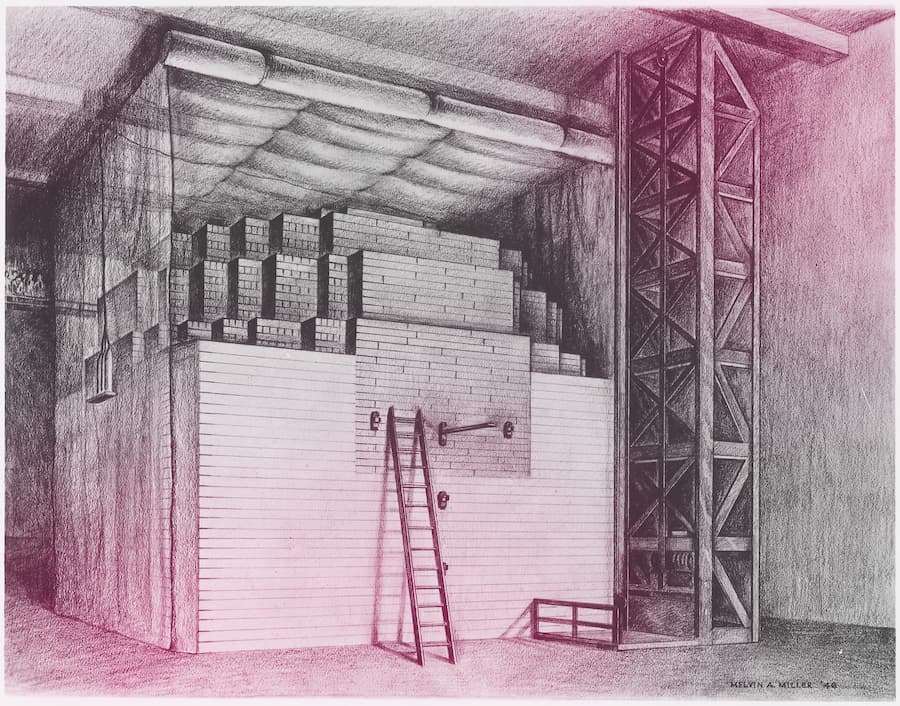
Because of the damage caused by the atomic bombs dropped on Japan, efforts were made to prevent the construction of nuclear weapons, which have a destructive power.
Less than 50 years old, nuclear energy is still a new source. The first experimental reactor was built by Enrico Ferni in 1942 in a facility on the grounds of the University of Chicago. In late 1955, the United States and the former Soviet Union became the first countries to produce energy from nuclear power.
In 1975, the construction of 157 plants in 19 countries around the world was completed. In this way, the potential electricity generation capacity of all nuclear power plants increased to 700 MW.
The nuclear defense industry also developed during this period. The oil-induced energy crisis that emerged in the 1970s led countries that were dependent on energy produced using fossil resources to turn to nuclear energy. In those years, nuclear energy could not compete with its alternatives in terms of price. Therefore, it could not be implemented on a large scale for a long time.
Later, when the price of a barrel of oil rose from 3 dollars to 10 dollars due to the worldwide oil crisis, nuclear energy became competitive with other sources. Since then, the share of nuclear energy in electricity generation in the world has been on a steady rise, although it has decreased from time to time.
You can share your thoughts about nuclear energy with us in the comments or ask us what you wonder about this topic.

 Online Services
Online Services Application Inquiry
Application Inquiry Pay Assurance Fee
Pay Assurance Fee Query Installation Number
Query Installation Number Compensation Fee Inquiry
Compensation Fee Inquiry Automatic Payment Order Inquiry
Automatic Payment Order Inquiry Partnership
Partnership
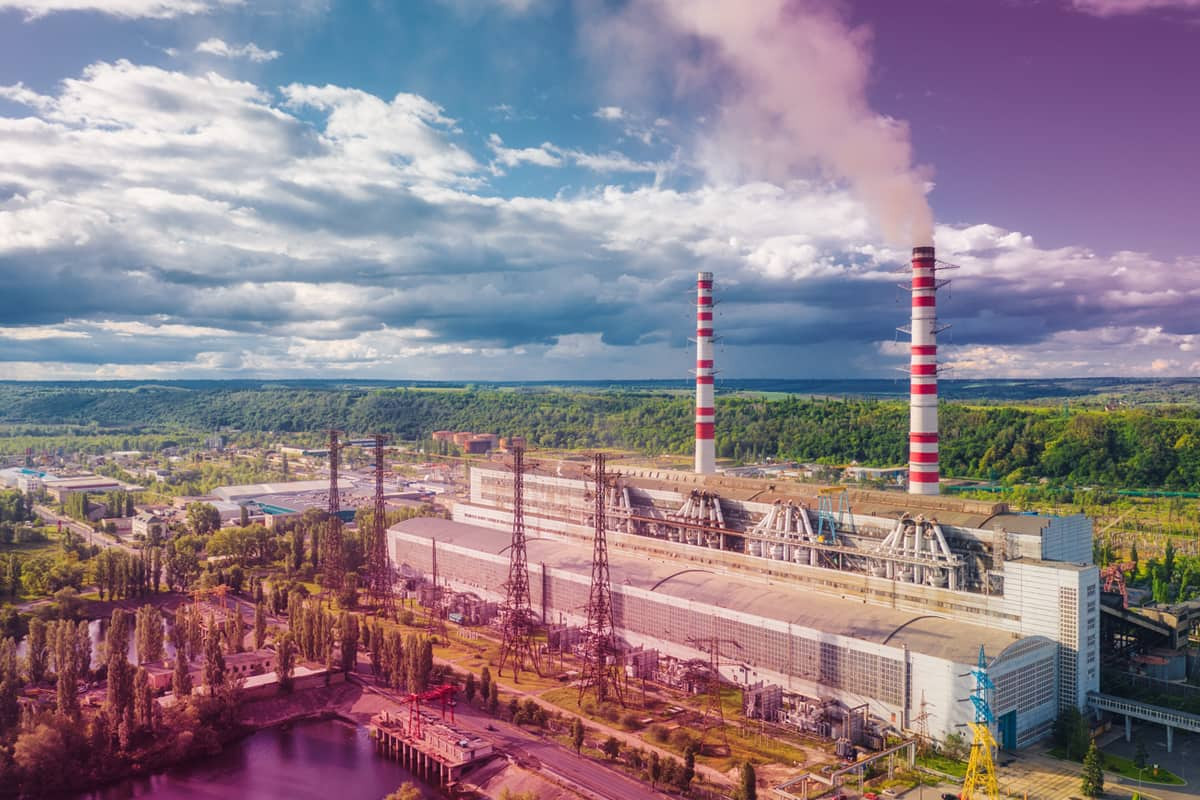
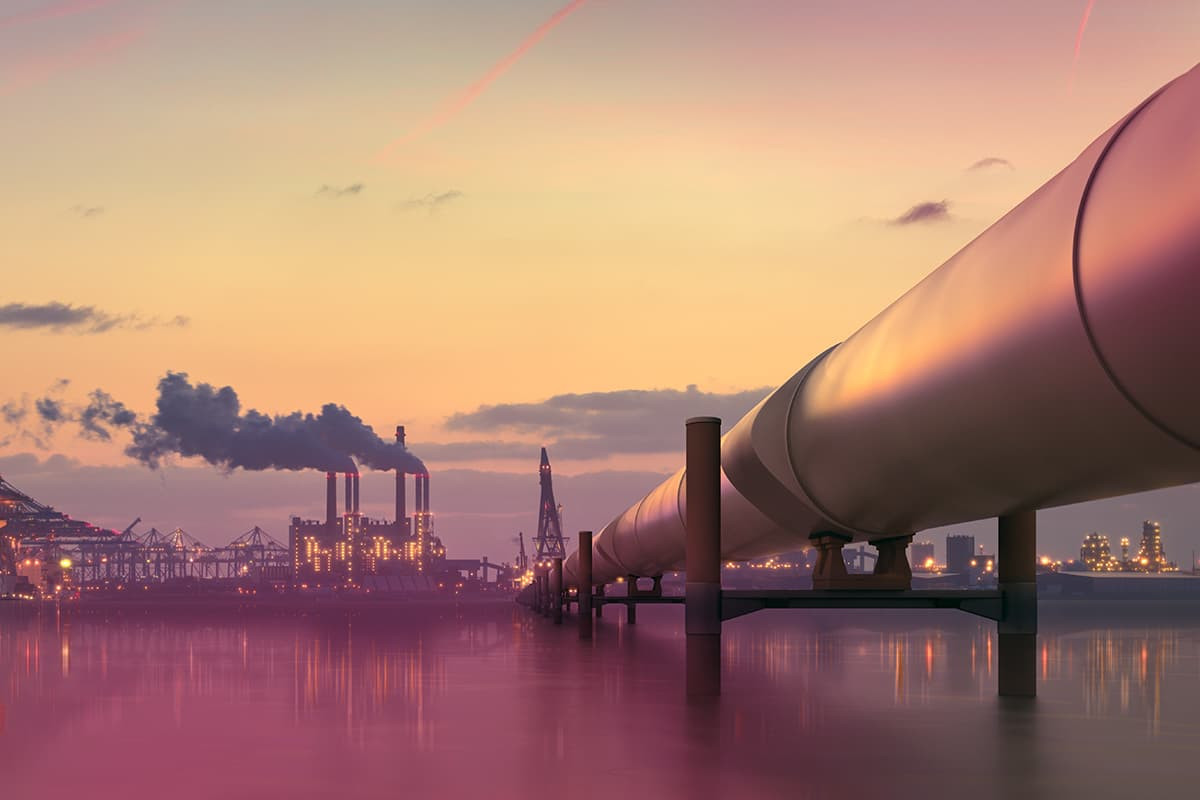
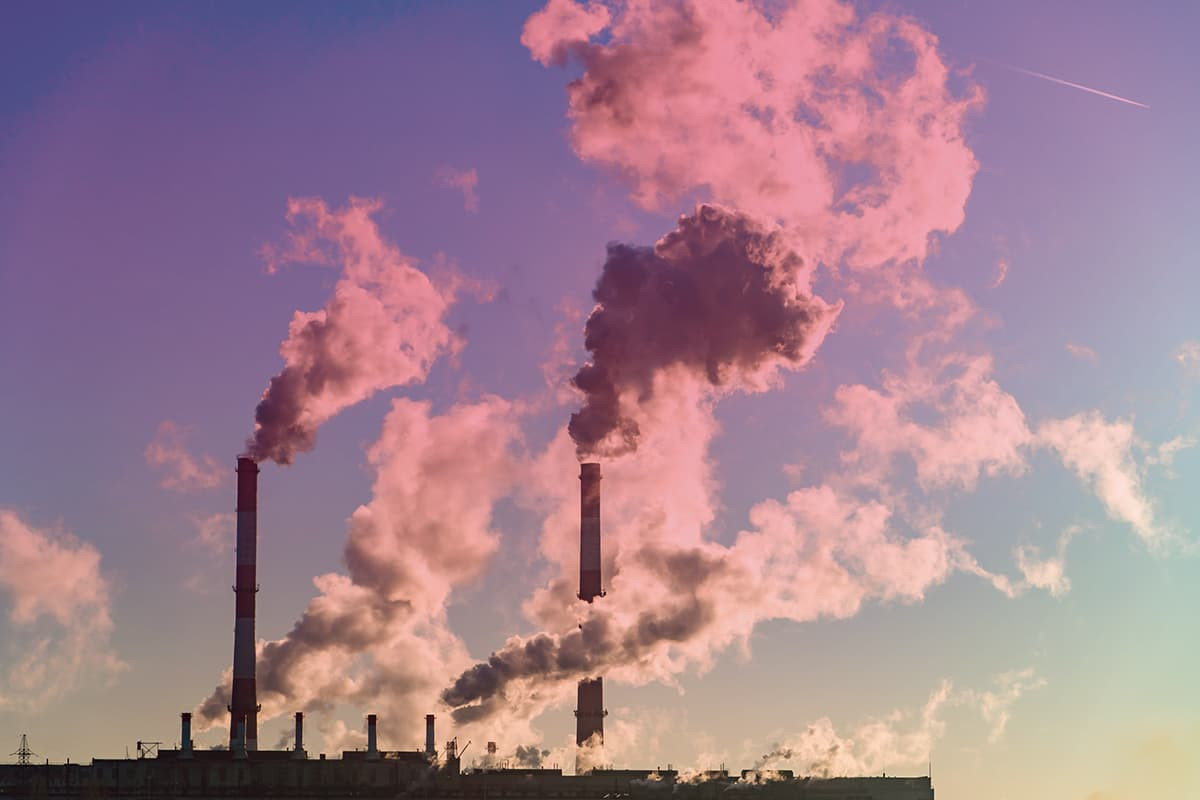
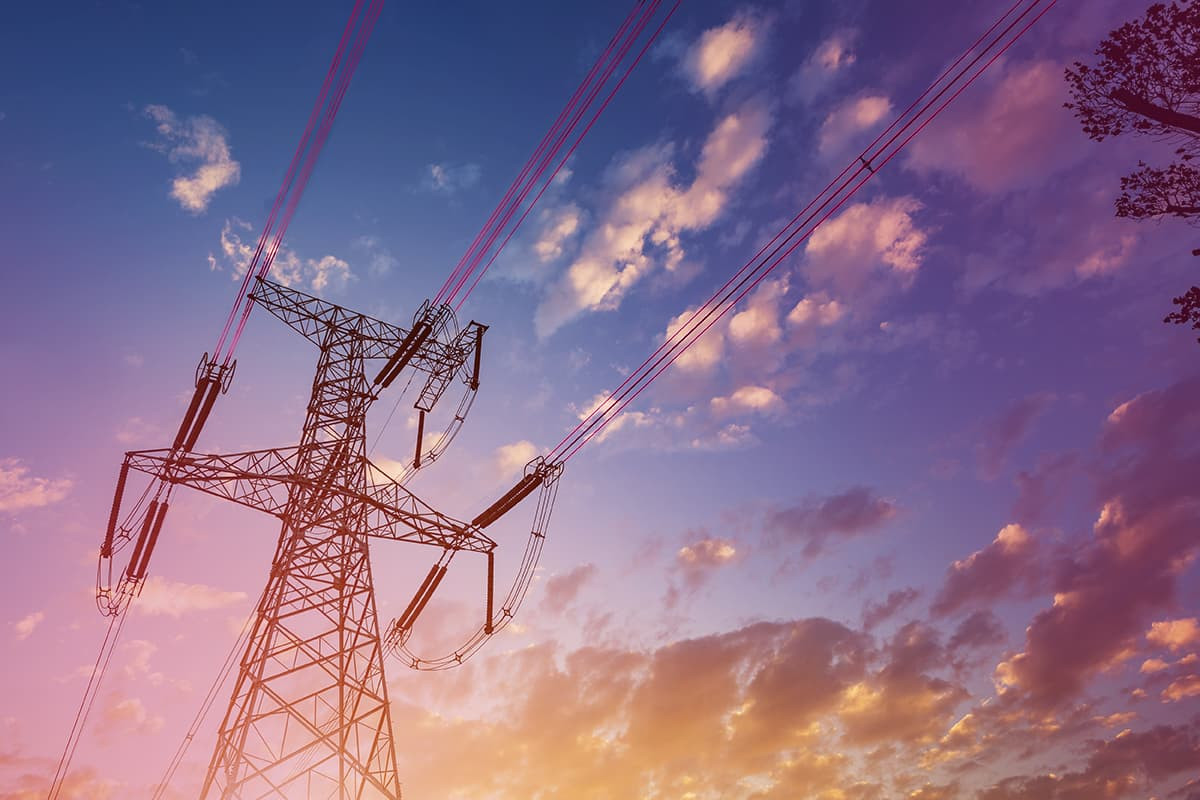
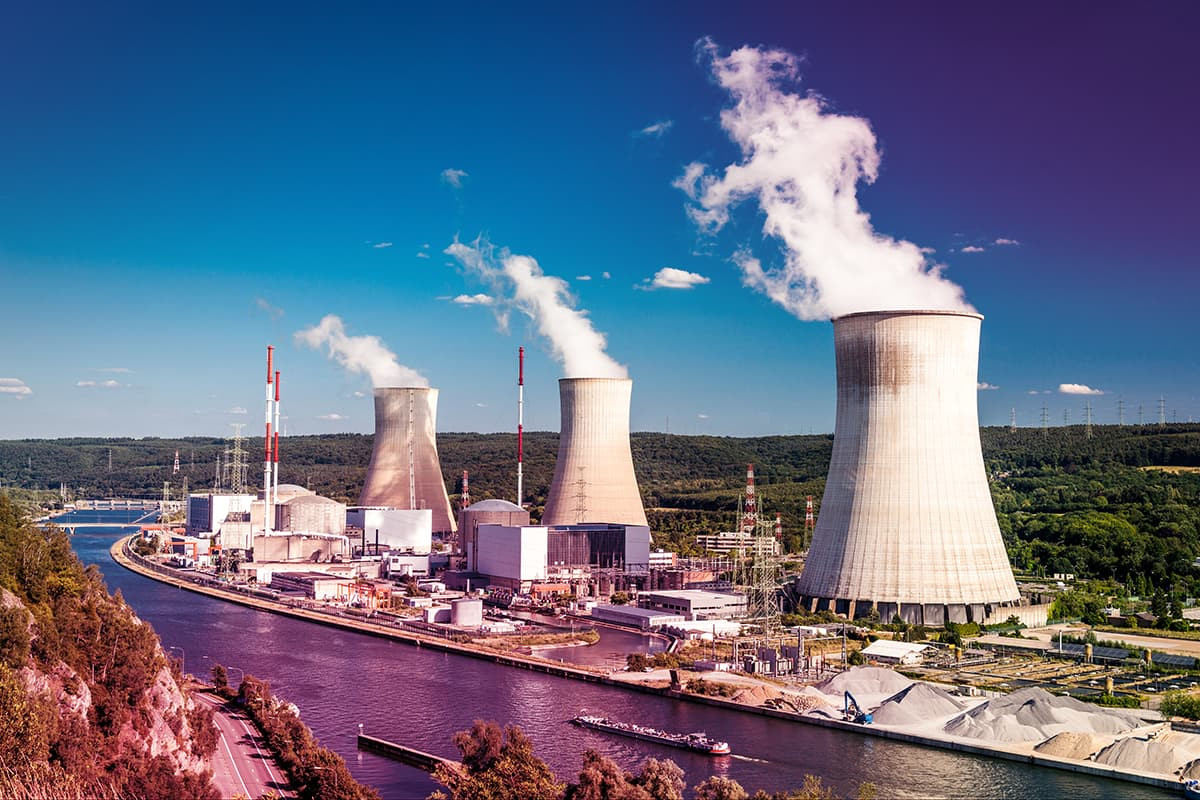
Leave a Comment